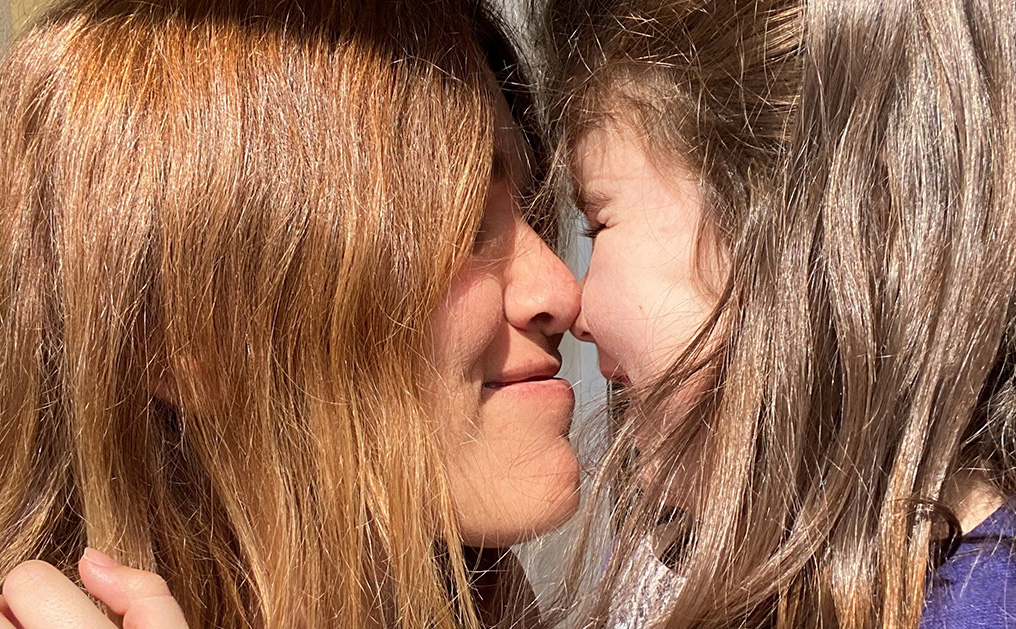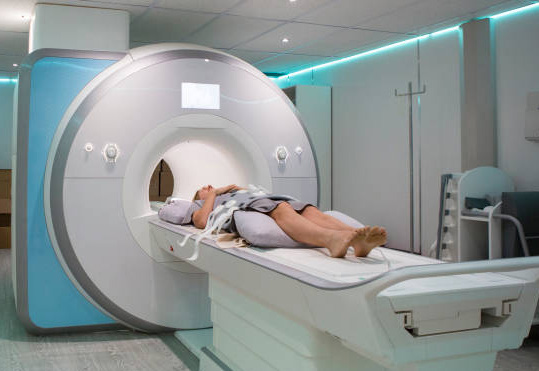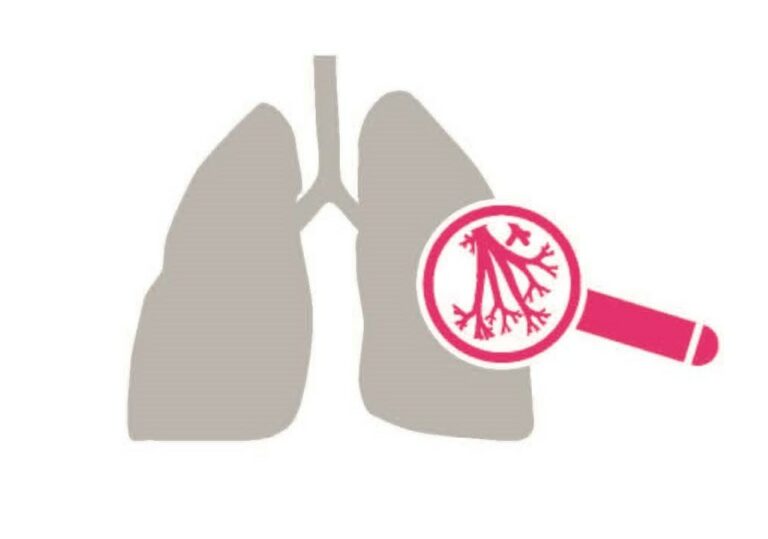Rare and orphan lung disease
A rare disease is defined as one that affects fewer than one person in every 2,000 people in Europe. Orphan diseases are those which are not widely researched, those where specific treatments are not available, and those which may only be of limited interest to scientists and doctors. Examples include primary ciliary dyskinesia, multiple cystic lung diseases and idiopathic eosinophilic pneumonias.
Conditions
Pulmonary vasculitis
Pulmonary vasculitis refers to inflammation of the small blood vessels in the lungs. It is usually part of a wider condition affecting the whole body, resulting in inflammation in the vessels within several organs. It can be treated with corticosteroids, immunosuppressive drugs, and the monoclonal antibody rituximab.
Alveolar haemorrhage syndromes
The main symptoms are coughing up blood and rapidly increasing anaemia (low numbers of red blood cells). Alveolar haemorrhage syndromes are usually diagnosed when blood is found in the fluid taken during a procedure known as bronchoalveolar lavage. There are numerous causes of alveolar haemorrhage syndrome, including rare infectious diseases such as leptospirosis.
Bronchiolitis
Bronchiolitis refers to inflammation of the small airways in the lungs. It can be caused by inhaling toxins, gases and dusts or by lung transplantation. It is also linked with other inflammation disorders such as rheumatoid arthritis and interstitial diseases. It can lead to airway obstruction and is diagnosed by lung function tests and CT scans.
Idiopathic eosinophilic pneumonia
This may occur as a result of taking medication for other conditions or it may be linked to a disease caused by a worm infestation. It results in breathlessness and high levels of eosinophils – a type of white blood cell. It may also be associated with asthma. People often have a dramatic response to the use of corticosteroids to treat the condition, but relapses are very common.
An acute, or short-term, form of the condition can occur, which is similar to adult respiratory distress syndrome. This can improve with or without corticosteroids and often affects people who have just started smoking.
Pulmonary alveolar proteinosis
These disorders are caused by an abnormal immune response from the body when a type of protein builds up in the air sacs (alveoli) of the lungs, making breathing difficult. Symptoms may include cough, wheeze and shortness of breath. It is usually diagnosed when milky fluid is found during a procedure known as bronchoalveolar lavage. This procedure involves squirting fluid into the lungs via a long tube called a bronchoscope, and recollecting it to examine.
Whole-lung lavage is the standard treatment for pulmonary alveolar proteinosis. This involves requires inserting a tube into the lungs, which allows ventilation of one lung while the other lung is repeatedly filled with saline and drained to clean out the material from the air spaces. A further treatment, which involves inhaling a protein called GM-CSF has also become an efficient therapy for this condition.
Idiopathic tracheopathies
This term refers to disorders of the trachea, or windpipe, usually causing a chronic- cough or recurrent lung infections. They are diagnosed by CT scans or endoscopy a procedure involving a thin, long, flexible tube that can be inserted into the airways (bronchoscopy).
Primary ciliary dyskinesia
This is a condition affecting children and occurs when a child inherits a faulty gene from their parent. It affects the cilia—tiny, microscopic moving structures that line the airways, ears and sinuses. Symptoms can include inability to remove mucus from the lungs, persistent blocked nose and sinusitis. It may lead to diffuse bronchiectasis (widening of the bronchi) and eventually to chronic respiratory failure.
Thoracic endometriosis and collapsed lungs (catamenial pneumothorax)
Endometriosis is a common condition affecting women in which small pieces of the womb lining are found outside the womb. This is usually in the fallopian tubes, ovaries, bladder, bowel, vagina or rectum, but they can sometimes be found in the lung (thoracic endometriosis). This can cause a person to cough up blood or experience shortness of breath. It can also lead to a collapsed lung, known as pneumothorax. As many as one third of collapsed lung cases in women could be linked to thoracic endometriosis.
Multiple cystic lung diseases
These disorders are caused by cysts in the lungs. They may result in breathlessness and often lead to a collapsed lung and long-term respiratory failure. The main conditions include:
- Lymphangioleiomyomatosis (LAM), which affects young women
- Pulmonary Langerhans cell histiocytosis, which develops in smokers
- The Birt-Hogg-Dube syndrome, which occurs most often in people with a genetic history of collapsed lungs
Causes
Around 80% of rare diseases are caused by genetic factors. They could also be one part of a wider condition affecting the whole body or be caused by medication given to treat another condition.
Treatment
Research into the treatment of rare diseases is often limited as there are such small numbers of people with each condition. Some drugs that are used to treat other conditions have been used to treat rare lung diseases.
Governments have provided incentives for drug companies to develop treatments for rare and orphan lung diseases, but the price of these treatments is often very high.
The EU has provided recommendations to healthcare professionals about the best way to treat rare diseases. The major principles of these recommendations include:
- Healthcare providers with expertise in a specific rare disease should travel to the patient, rather than the patient having to make the journey.
- Patients should be treated as close to their home as feasible, possibly using new technologies (telemedicine) to treat them.






